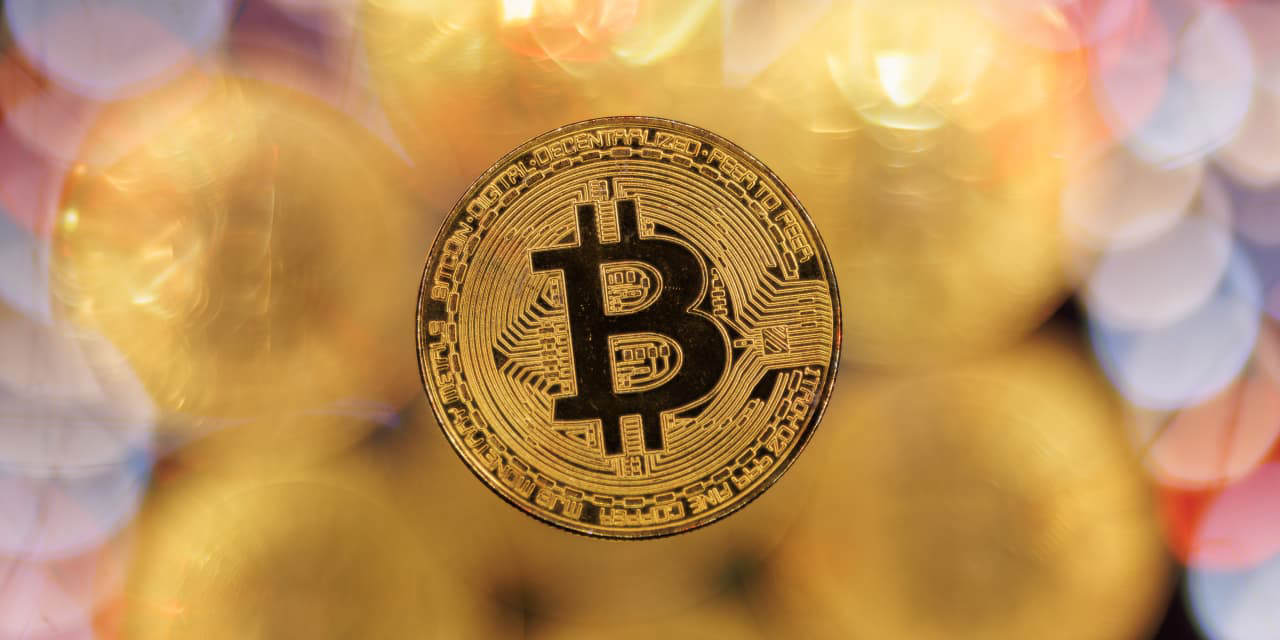In other words, halvings are one of the main mechanisms by which the coin’s price can be expected to rise over time, and the price is currently getting sharply pushed up by the impact of the last one. The next halving is slated for April 2028, so plan accordingly.
2. Public and private adoption of Bitcoin
Right now is a golden age of all kinds of investors with deep pockets buying or resolving to hold Bitcoin. Whenever one of them announces their intentions, it’s a catalyst for the asset.
Take, for instance, the Strategic Bitcoin Reserve, which, if implemented, would make the U.S. government into an entity with a policy of retaining the coin over the long term rather than selling it. Other countries are debating whether to implement similar policies.
States like Texas and even some cities are also considering and going through the political process to initiate new Bitcoin reserves of their own. States like North Carolina are debating bills that would allow for public pension funds to be partially invested in the asset. And New York City is at least thinking about whether a municipal reserve fund would make sense.
Key Points
-
Bitcoin has been surging recently.
-
There are good arguments for why it will head even higher.
-
There’s also a decent argument for why this rally will run out of gas soon.
-
10 stocks we like better than Bitcoin ›
With Bitcoin‘s (CRYPTO: BTC) price hovering near its all-time highs and almost tocuching the $112,000 level, there are a few scenarios for what the king of cryptocurrencies might do next.
Let’s explore three, starting with the bull thesis for why the coin is likely to go higher.
The bull thesis is playing out already
The most obvious possibility for Bitcoin over the coming days, months, and even years is for it to continue gaining in value.
This process is supported by a powerful mixture of different forces at the moment, including but not limited to:
-
Adoption among institutional investors (banks, pension funds, etc.).
-
Adoption by governments via the formation of strategic reserves or repositories.
-
Adoption by major corporations seeking to get exposure.
-
The genesis of Bitcoin treasury companies that aspire only to acquire and hold it.
-
Rising global liquidity, enabling capital flows into assets that are perceived as being riskier, like cryptocurrencies.
-
The widespread threat of inflation, encouraging capital to flow into assets that can’t be debased.
The foundation for each of those very formidable trends is also the one factor that’s responsible for making Bitcoin a valuable asset in the first place.
There can only ever be 21 million Bitcoin in circulation. It only gets harder to mine as time goes by. As more buyers look to secure some coins for themselves, they are forced to compete more intensely over a pie that keeps getting smaller, and that creates a structural impulse for prices to continue rising.
The widespread and simultaneous recognition of all of the above facts is pushing sentiment about the coin to an extreme. It may soon even border on a fit of genuine speculative euphoria. If that happens, the $112,000 level might look like a small blip on the chart within the next few years — assuming there isn’t anything to rain on the parade.
The bear thesis isn’t wrong
The bear case for Bitcoin is not in denial of any of the bullish factors or trends.
Instead, it’s a grounded perspective which points out that Bitcoin is not actually an asset that’s totally independent of the traditional financial markets, and that those traditional markets are more likely to be in trouble than they are to charge higher.
Bitcoin’s rally is rolling on, with its price sitting near a record high as investors are piling into the cryptocurrency amid a storm of global economic uncertainty, a downgrade of U.S. debt and growing confidence in the forthcoming regulation of digital assets.
At the heart of this surge are several powerful catalysts, according to analysts and executives gathered at this year’s Solana Accelerate Conference. Among the top reasons for the rally: bitcoin’s rising status as a safe haven asset, mounting geopolitical instability and a wave of institutional adoption.










